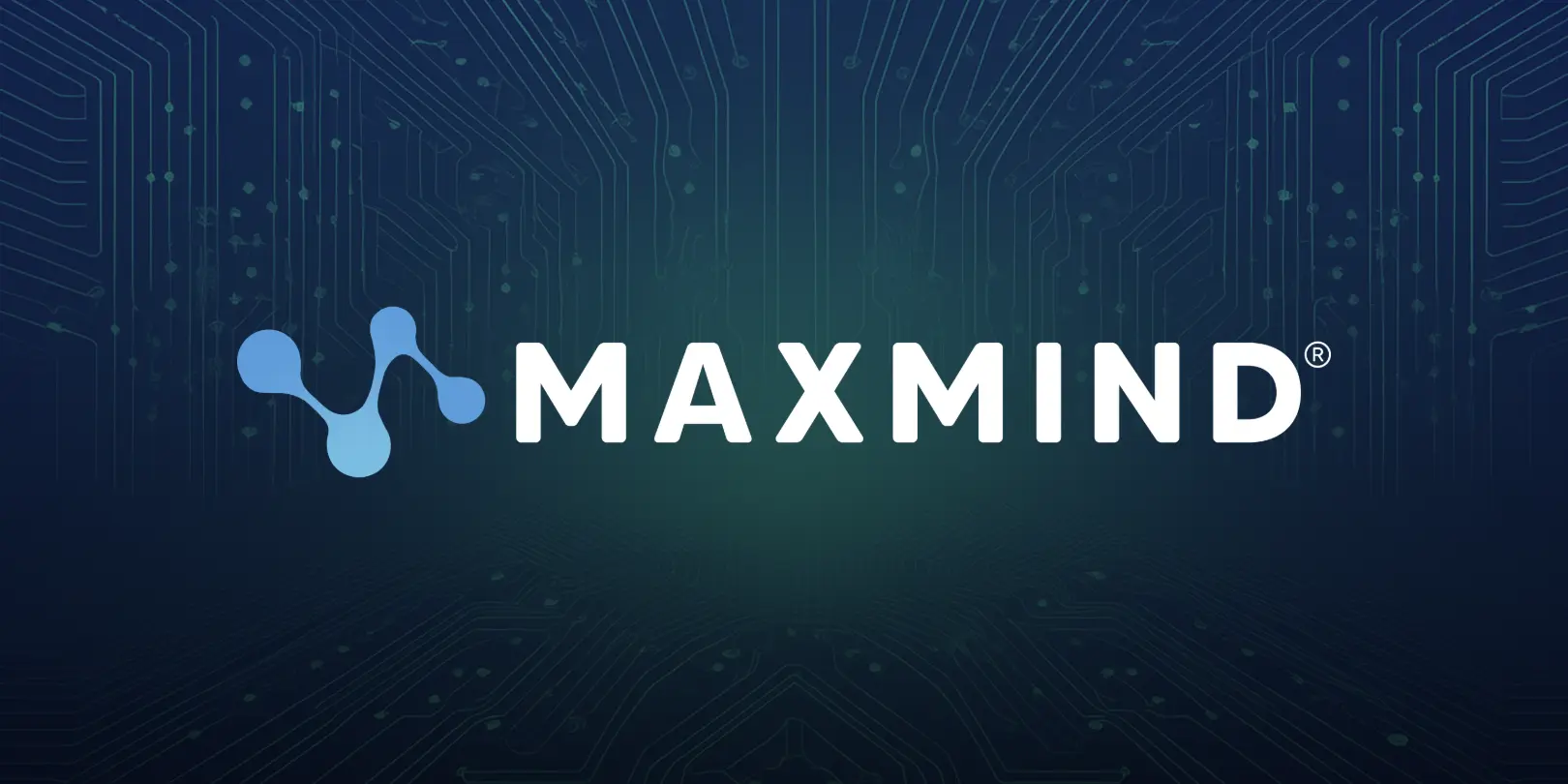When it comes to fraud detection, finding proxies is a big topic. But why? Fraud detection begins with thinking intelligently about the IP address associated with a transaction. Where is that IP address, and how does that location relate to other transaction data? Whereas most IP addresses inspire confidence, those associated with a proxy generate suspicion.
Let’s take a closer look at proxy detection.
As its name suggests, a proxy acts as an intermediary, passing requests from one computer to other servers. But although there are legitimate uses of proxies, fraudsters find it useful to take advantage of one of its characteristics; accessing the Internet through a proxy makes it more difficult to locate a user by means of an IP address. This enables some to use anonymizing proxies to access content from which they would otherwise be blocked. Others use open proxies to hide their whereabouts and thereby circumvent fraud detection rules associated with location.
These fraudster practices drive up the risk of fraud from IP addresses associated with proxies. Open proxies, hosting providers, VPNs are all popular places for fraudsters to hide. For example, although orders with IP addresses from hosting providers can be legit, MaxMind has found up to 65% within the minFraud Network to be high risk.
Although lists of known proxies exist, proxies change frequently. The pool of proxies used for nefarious purposes is especially volatile. For example, sophisticated fraudsters may go so far as to purchase unique proxies with stolen credit cards, perform dedicated attacks, then dump the proxy.
Given the usefulness of proxies to fraudsters, it makes sense that proxy detection is a useful tool in the fraud detection toolkit. Detecting proxies comes with two challenges. The first is how to recognize an IP address as a proxy. The second is how to distinguish a “good” proxy from a “bad” one; since, by definition, a proxy is merely an intermediary, a proxy is not high risk in and of itself.
To consider how best to address these challenges, it’s helpful to look to the primary goal of ecommerce fraud detection: thinking intelligently about the IP address associated with a transaction in order to assess risk.
Fraud detection uses transaction data as the basis for this thinking and risk assessment. Using this data and analysis, we gain insight into the kind of traffic on a particular IP address. At MaxMind, the minFraud Network provides the backbone for this reputation analysis. It informs our our proxyScore, a summary of risk associated with an IP address.
In conclusion, fraudsters know how to use proxies to further their scams. Fraud detection systems need to incorporate monitoring for this type of activity in order to stop them. Since proxies can generate good traffic as well as bad, proxy detection requires analysis of transaction data to assess which IPs are higher risk. Merchants using MaxMind’s minFraud service benefit from a corresponding increased risk score to enable them to take action.

Open proxies change frequently. Would you trust traffic originating from here?

